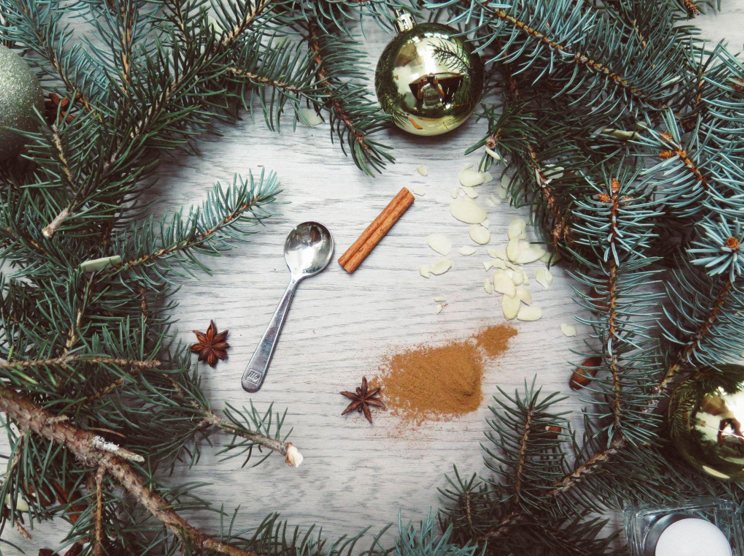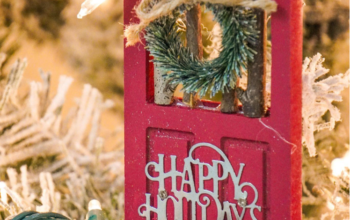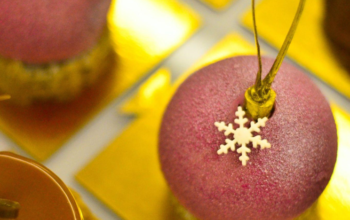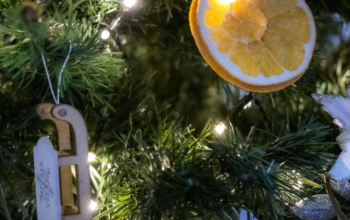The Evolution and Innovation of Artificial Christmas Trees
The Birth of Artificial Christmas Trees
The tradition of bringing trees into homes during the winter holidays has a long and varied history. In the early 1900s, people began to decorate evergreens with candles and other ornaments, and by the 1930s, the first artificial Christmas trees were introduced. These early trees were made of dyed goose feathers attached to wire branches, but they quickly gained in popularity thanks to their durability and affordability.
As the technology behind artificial trees improved, manufacturers began experimenting with new materials and designs. In the 1960s, aluminum trees with metallic needles became widespread, although many people found them too cold and artificial-looking. By the 1980s, most artificial trees were made of plastic and designed to look like real trees, with textured needles and realistic colors.
The Innovation of Artificial Trees
In recent years, technological advances have transformed the artificial Christmas tree market. One of the most significant innovations has been the development of LED lights, which offer brighter, more energy-efficient illumination than traditional incandescent bulbs. As a result, many modern trees come equipped with these lights, making setting up and decorating a tree easier.
Another key trend in artificial trees is the move toward realism. Manufacturers are investing in new techniques to create lifelike textures and colors, using materials like polyethylene and polyvinyl chloride to mimic the appearance and feel of real needles. Some companies even offer trees with adjustable branches, allowing users to create a custom look and shape.

For those concerned about artificial trees’ environmental impact, options are now made from sustainable materials like bamboo and recycled metal. These eco-friendly models offer all the benefits of an artificial tree while minimizing the carbon footprint.
Choosing the Right Artificial Tree
When selecting an artificial Christmas tree, there are several factors to consider. First, decide on the size and shape of the tree that best fits your decorating needs. Next, measure the space where the tree will be placed to ensure it will work well.
Next, consider the type and style of artificial tree you prefer. Would you like a traditional tree with textured needles and a realistic color or a more modern style made of metallic or sustainable materials like bamboo? Do you prefer a pre-lit tree, or do you have a specific set of lights that you would like to use?
Lastly, consider the overall quality and features of the tree. Look for trees with sturdy branches that can support heavy ornaments and decorations. Check reviews and ratings from previous buyers to see how the tree holds up over time.
In conclusion, artificial Christmas trees have come far from their humble beginnings as feathered wire branches. The technology and innovation behind these trees continue to evolve, offering consumers a wide range of options to suit any style and budget. You can find the perfect artificial tree to bring holiday cheer to your home for years by considering size, style, and features.




